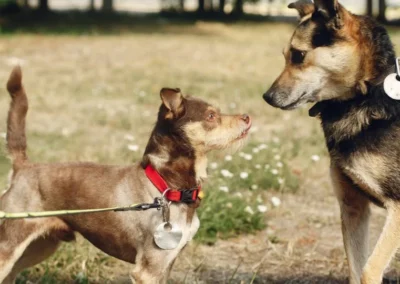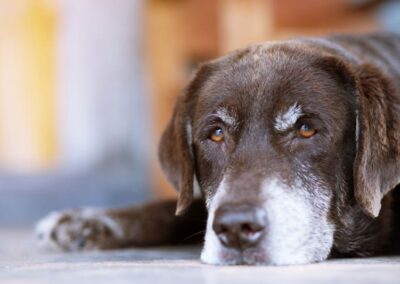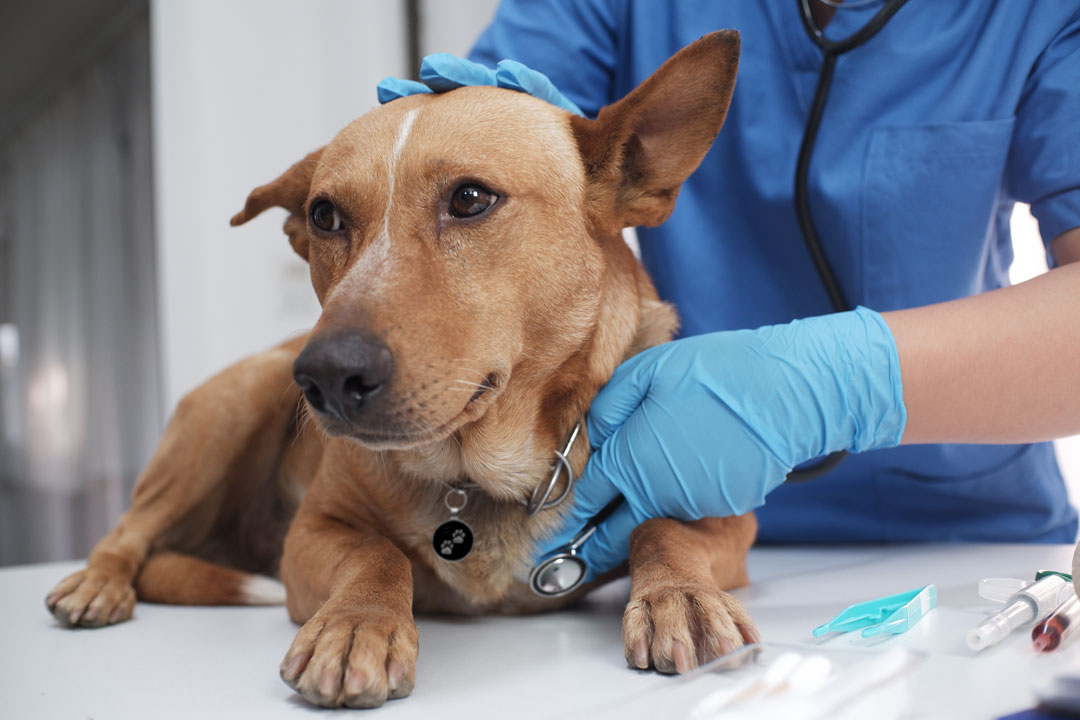
What is Canine Rehabilitation?
As pet owners, we strive to ensure our furry companions lead happy and healthy lives. When our dogs face health challenges, it can be heart-wrenching. Fortunately, canine rehabilitation offers a path to recovery, improving mobility and overall well-being. This blog will introduce you to the world of canine rehabilitation, highlighting its benefits, common conditions it can treat, and its limitations.
Canine rehabilitation, involves a range of therapeutic exercises and techniques designed to improve your dog’s physical function. This specialized field aims to reduce pain, restore mobility, and enhance quality of life. Similar to human physical therapy, canine rehabilitation employs a variety of modalities such as exercises, hydrotherapy, massage, and laser therapy.
Rehabilitation is typically recommended for dogs recovering from surgery, injury, or those suffering from chronic conditions. It’s a collaborative effort involving veterinarians, rehabilitation therapists, and pet owners.
Conditions Treated with Canine Rehabilitation
Arthritis
Arthritis is a common condition in older dogs, characterized by joint pain and stiffness. Rehabilitation can significantly alleviate discomfort and improve joint mobility through exercises that strengthen the muscles around the joints and maintain a healthy range of motion.
Hip Dysplasia
Hip dysplasia is a genetic condition where the hip joint doesn’t fit properly into the hip socket, causing pain and mobility issues. Rehabilitation focuses on strengthening the surrounding muscles, improving joint stability, and reducing pain through controlled exercises and hydrotherapy.
Cruciate Ligament Injuries
Injuries to the cruciate ligament, similar to ACL injuries in humans, can be debilitating. Post-surgical rehabilitation is crucial for recovery, helping to restore normal function and strength to the affected leg. Exercises, balance training, and other therapeutic techniques are used to support healing.
Neurological Conditions
Dogs suffering from neurological issues like intervertebral disc disease (IVDD) can benefit from rehabilitation. Techniques such as balance exercises, assisted walking, and electrical stimulation help to improve nerve function and mobility.
Obesity
While not an illness in itself, obesity can lead to numerous health problems, including joint pain and decreased mobility. Rehabilitation programs for obese dogs focus on safe, controlled exercise routines that promote weight loss while avoiding strain on the joints.
Benefits of Canine Rehabilitation
Pain Relief: Various techniques like massage, laser therapy, and hydrotherapy help manage pain effectively.
Improved Mobility: Targeted exercises enhance muscle strength, joint flexibility, and overall mobility.
Faster Recovery: Post-surgical rehabilitation accelerates the healing process, reducing the risk of complications.
Enhanced Quality of Life: Rehabilitation helps dogs regain their zest for life by reducing pain and improving physical function.
Limitations of Canine Rehabilitation
While canine rehabilitation offers numerous benefits, it is not a cure-all. There are limitations to consider:
Severity of Condition: In cases of severe injury or advanced disease, rehabilitation may not fully restore function but can still provide significant pain relief and improved quality of life.
Consistency and Commitment: Successful rehabilitation requires consistent effort and commitment from the pet owner. Regular sessions and home exercises are crucial for achieving desired results.
Not a Substitute for Surgery: In some cases, surgery may be necessary. Rehabilitation can complement surgical treatment but not replace it entirely.
Cost and Accessibility: Rehabilitation services can be expensive, and access to certified canine rehabilitation therapists might be limited depending on your location.
Conclusion
Canine rehabilitation is a valuable tool in veterinary medicine, offering hope and improved health for dogs suffering from various conditions. By working closely with a rehabilitation therapist, you can help your dog recover from injury, manage chronic pain, and improve their overall quality of life. However, it’s essential to understand its limitations and commit to the process for the best outcomes.
If your dog is facing mobility issues or recovering from surgery, consider discussing canine rehabilitation with your veterinarian. Together, you can develop a tailored plan to support your dog’s journey to better health.
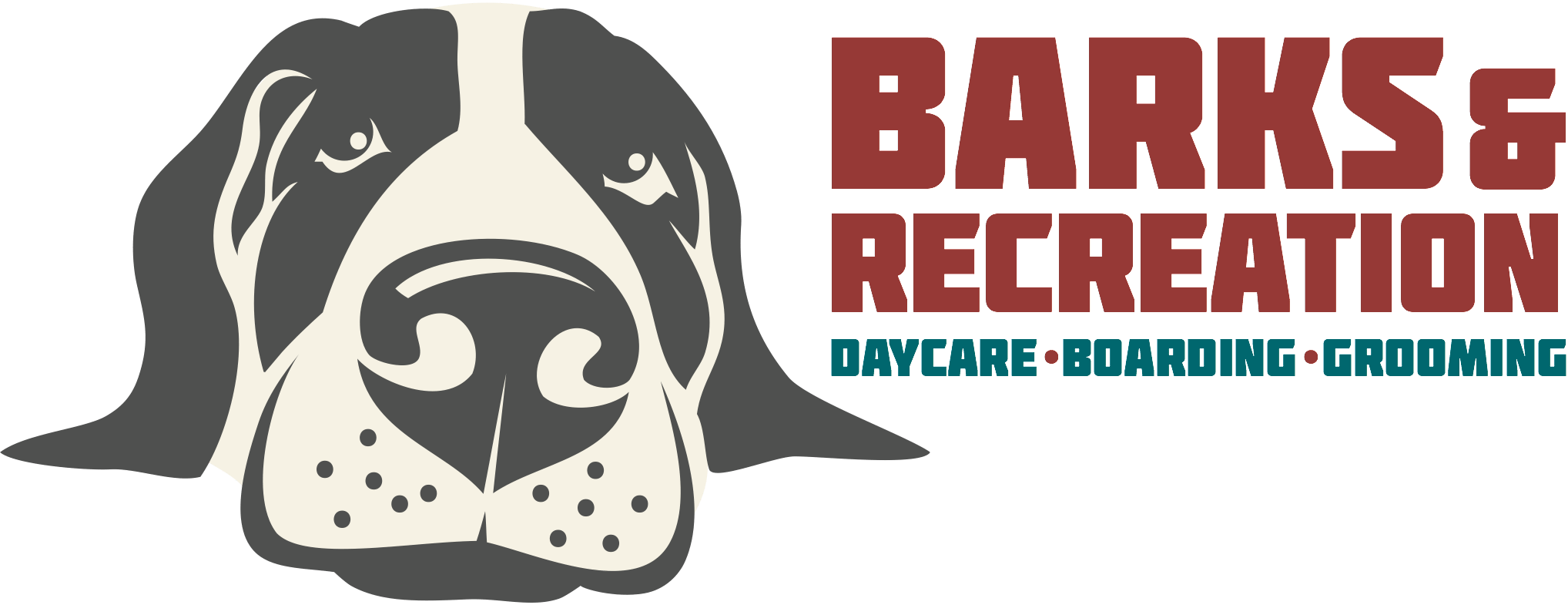

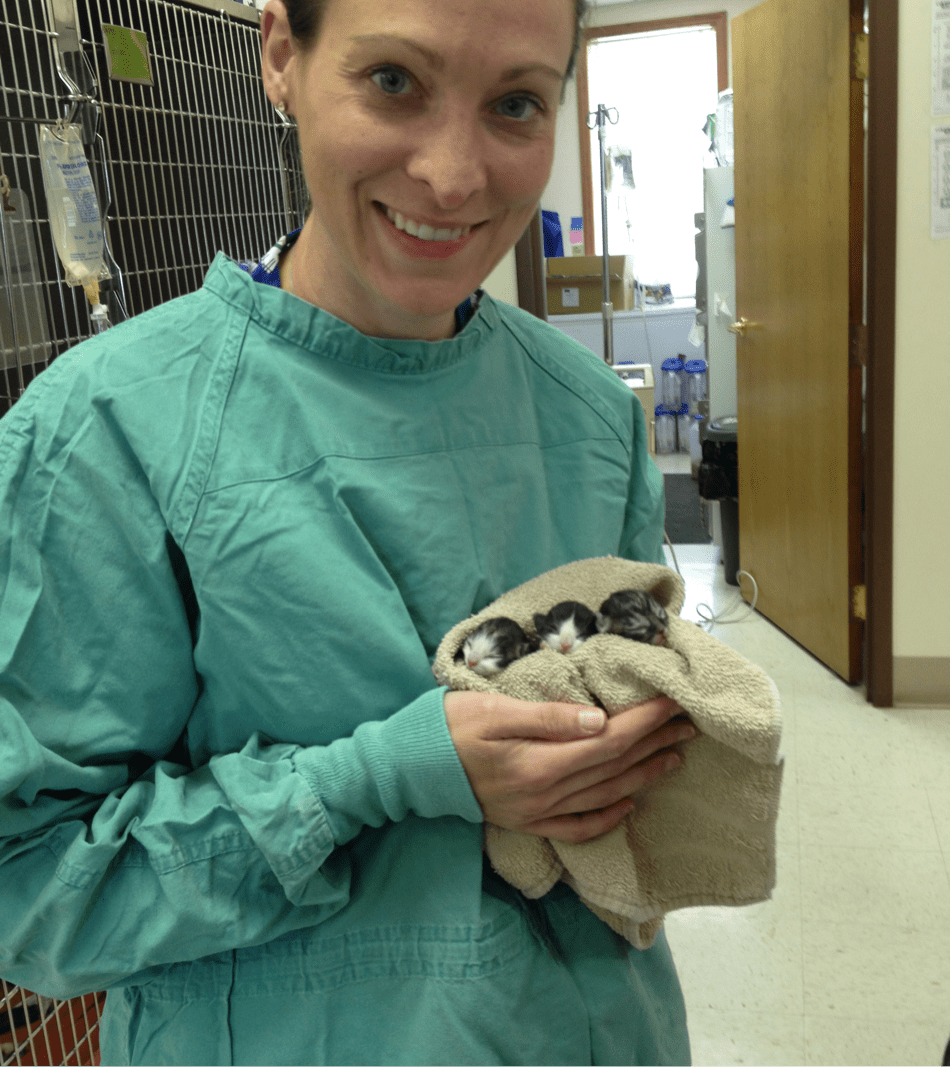 Barks & Recreation is proud to feature Dr. Eileen Savier CVA, CVCH as our Veterinary Blogger in our “From the Vet” Series — offering information related to the health and welfare of your furry family members! Currently part of the team of doctors at Keystone Veterinary Clinic, Dr. Savier is a 2012 Graduate of the Ross University School of Veterinary Medicine, She completed her clinical experience at The Ohio State University and after veterinary school she pursued further education and certification in Veterinary Acupuncture, Chinese Herbal Medicine, and Fear Free veterinary visits. Dr. Savier has a special interest in integrative medicine, animal behavior, and internal medicine and is committed to improving animal health care by integrating Eastern and Western philosophies. She enjoys working with fearful & aggressive dogs and cats and she has had additional training in low stress handling techniques and encourages positive reinforcement during exams and procedures. Her clinical interests include pain management, animal behavior, geriatric patient care, and internal medicine.
Barks & Recreation is proud to feature Dr. Eileen Savier CVA, CVCH as our Veterinary Blogger in our “From the Vet” Series — offering information related to the health and welfare of your furry family members! Currently part of the team of doctors at Keystone Veterinary Clinic, Dr. Savier is a 2012 Graduate of the Ross University School of Veterinary Medicine, She completed her clinical experience at The Ohio State University and after veterinary school she pursued further education and certification in Veterinary Acupuncture, Chinese Herbal Medicine, and Fear Free veterinary visits. Dr. Savier has a special interest in integrative medicine, animal behavior, and internal medicine and is committed to improving animal health care by integrating Eastern and Western philosophies. She enjoys working with fearful & aggressive dogs and cats and she has had additional training in low stress handling techniques and encourages positive reinforcement during exams and procedures. Her clinical interests include pain management, animal behavior, geriatric patient care, and internal medicine. Dr. Savier shares her home with two (soon to be three) dogs, two cats, and a toddler. She lovingly refers to her two dogs as Coconut Retrievers as they were rescue dogs she brought home from the island of St. Kitts. In her free time she enjoys spending time with her family, going to the beach, and planning her next Disney vacation.
Dr. Savier shares her home with two (soon to be three) dogs, two cats, and a toddler. She lovingly refers to her two dogs as Coconut Retrievers as they were rescue dogs she brought home from the island of St. Kitts. In her free time she enjoys spending time with her family, going to the beach, and planning her next Disney vacation.

